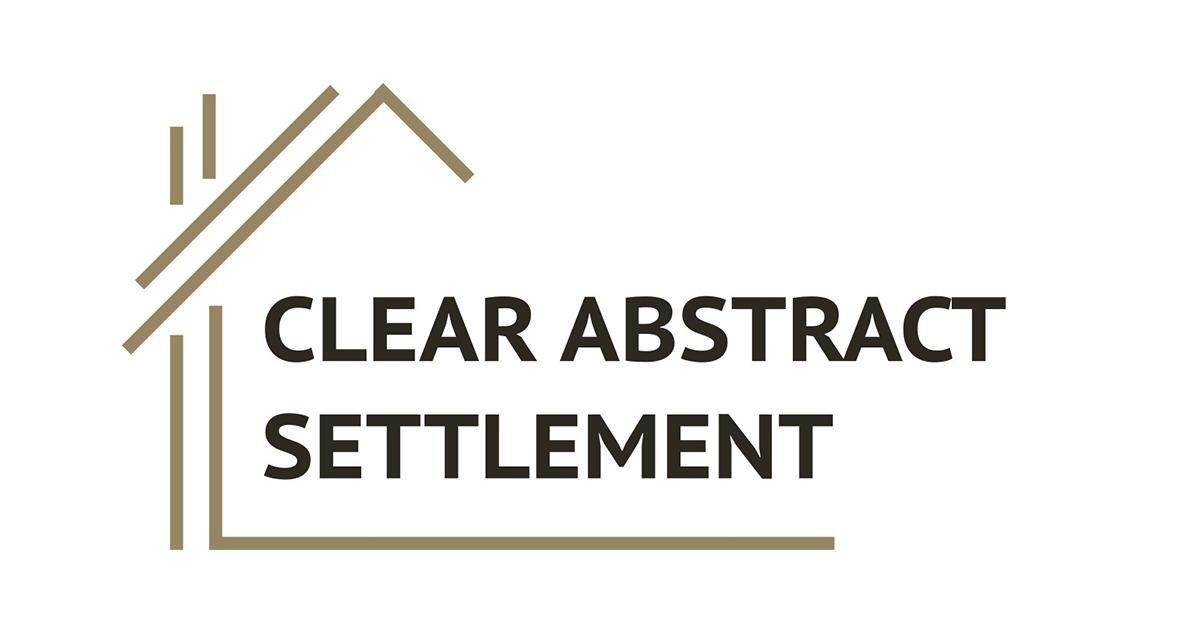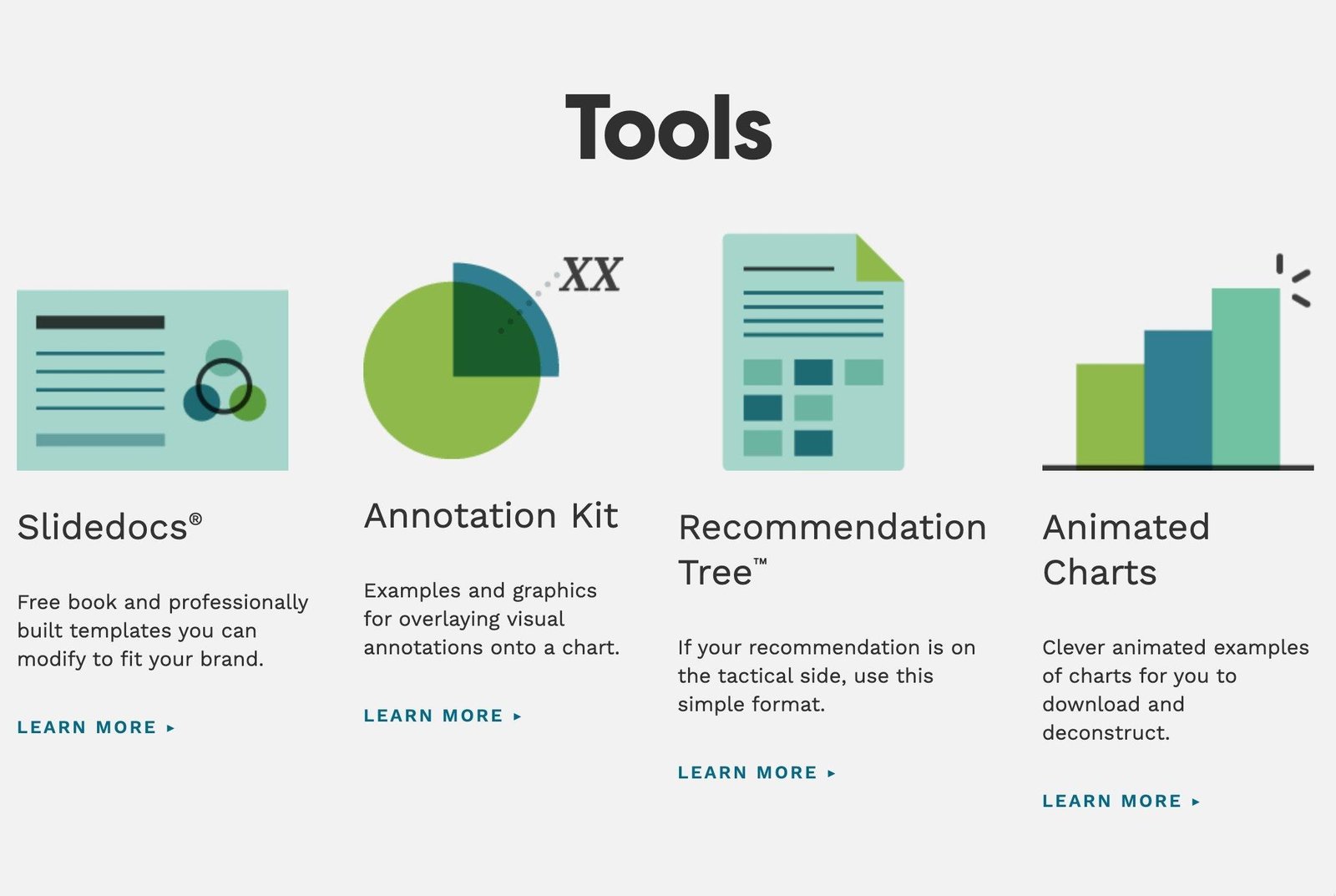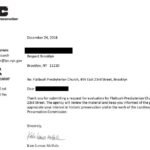research report format in research methodology

Introduction
In the world of academia and professional research, the research report serves as a vital conduit for knowledge transfer and dissemination. A well-structured research report not only encapsulates the essence of rigorous inquiry but also conveys the findings in a manner that is accessible and engaging to its audience. As researchers delve into complex questions across various disciplines, the format of their reports becomes a key framework that organizes their thoughts and data into comprehensible sections.
The significance of adhering to a specific format cannot be overstated; it allows for clarity, consistency, and professionalism in reporting research outcomes. This article will explore the essential elements of a research report format within the broader context of research methodology. By examining the components that make up an effective report—from the title page and abstract to the methodology and results sections—we aim to equip both novice and experienced researchers with the tools necessary to present their findings compellingly and transparently. Whether writing for scientific journals, academic audiences, or industry stakeholders, understanding the nuances of research report formatting is crucial for effectively communicating research insights and advancing knowledge across fields.
Understanding the Essential Components of a Research Report
At the heart of any research report are its fundamental components, which together create a coherent and persuasive narrative of the research findings. The most critical sections include:
- Introduction: Sets the context and significance of the study.
- Review of Literature: Summarizes existing research and identifies gaps.
- Methods: Details the research design and procedures employed.
- Results: Presents the findings in a clear and organized manner.
- Discussion: Interprets the results, linking them back to the research question and existing literature.
Each section plays a vital role in ensuring the report is comprehensive and credible. For data presentation, consider using tables to enhance clarity. Below is a simple example:
| Section | Description |
|---|---|
| Introduction | Establishes the research context and objectives. |
| Methods | Explains how the research was conducted. |
| Results | Shows the data collected through visual aids or statistics. |
| Discussion | Analyzes the implications and relevance of the findings. |
This structured approach not only aids in the clarity of presenting research but also strengthens the report’s overall impact, making it easier for readers to follow the rationale behind the conclusions drawn.

Crafting a Clear and Concise Abstract for Effective Communication
Crafting an engaging abstract requires precision and clarity. A well-constructed abstract not only summarizes your research but also captures the essence of your findings in a way that invites readers to explore further. To achieve this, focus on the following elements:
- Purpose: Clearly state the aim of your study.
- Methods: Briefly describe the methodologies employed in your research.
- Results: Highlight key outcomes without delving into excessive details.
- Conclusions: Offer insights or implications drawn from your findings.
A well-organized abstract typically adheres to a structured format, allowing readers to quickly grasp the core of your research. Below is an example of how to structure your abstract, ensuring each element flows logically:
| Section | Content |
|---|---|
| Purpose | To evaluate the impact of XYZ on ABC. |
| Methods | Utilized qualitative and quantitative analyses. |
| Results | Significant improvement noted in 70% of cases. |
| Conclusions | Suggests further exploration in related fields. |

Navigating the Structure of Methodology in Research Reports
When crafting the methodology section of a research report, it is crucial to provide clarity and detail on how the research was conducted. This section should begin with an overview of the research approach, indicating whether it is qualitative, quantitative, or mixed-methods. Following this, the research design must be specified, outlining whether it is experimental, correlated, descriptive, or exploratory in nature. Consider including a subsection that details the data collection methods, such as surveys, interviews, or observational techniques. This helps in establishing the validity and reliability of your findings. Additionally, a clear rationale for choosing these methods must be articulated, providing context that links them to the research objectives.
It is also beneficial to incorporate a concise summary table that presents the chosen methods alongside their purposes, enhancing the reader’s understanding at a glance. Include information on the participants or sample size, reflecting on how they were selected to ensure a representative cohort. Address any ethical considerations that were taken into account, demonstrating adherence to best practices in research. By structuring this section effectively, you not only present a roadmap of your methodology but also reinforce the credibility of your research findings to the reader.
| Method | Purpose |
|---|---|
| Surveys | Gather quantitative data on participant opinions |
| Interviews | Obtain in-depth qualitative insights |
| Observation | Document behaviors in natural settings |

Best Practices for Presenting Data and Findings in Research Papers
Effective data presentation is crucial for conveying research findings clearly and persuasively. To achieve this, one should prioritize the clarity and relevance of visual aids. Utilize graphs, charts, and tables that succinctly represent your data while highlighting key trends and findings. Ensure that each visual element has a corresponding narrative to provide context and meaning; this helps the audience connect better with the information presented. Additionally, when displaying data, it’s advisable to limit the amount of text on slides or handouts, focusing instead on using bullet points or concise statements that encapsulate the main ideas.
Another important practice is to tailor the presentation to your audience’s level of expertise. Depending on whether you’re addressing peers, stakeholders, or a general audience, adjust the complexity of your visuals and explanations accordingly. Consider the use of color and design strategically to guide attention and emphasize critical data points. Following a structured approach, such as the “Tell-Show-Tell” method, can also reinforce understanding. Begin by outlining what you intend to present, followed by the data itself, and conclude with a summary of the implications. This method ensures that the audience not only understands the data but also appreciates its significance in the broader research context.
The Conclusion
mastering the research report format within the framework of research methodology is not merely an academic exercise; it is an essential skill that empowers researchers to communicate their findings effectively. By adhering to a structured format, scholars can present their ideas with clarity and precision, making their work accessible and impactful. As you embark on your research journey, remember that a well-organized report not only reflects your diligence and attention to detail but also facilitates a meaningful dialogue within the academic community. Whether you are a novice researcher or a seasoned academic, embracing the nuances of report formatting will enhance the value of your research and contribute to the ongoing quest for knowledge. As you craft your next report, let the format be your guiding map, leading you toward insightful discoveries and fostering connections that inspire further exploration.




